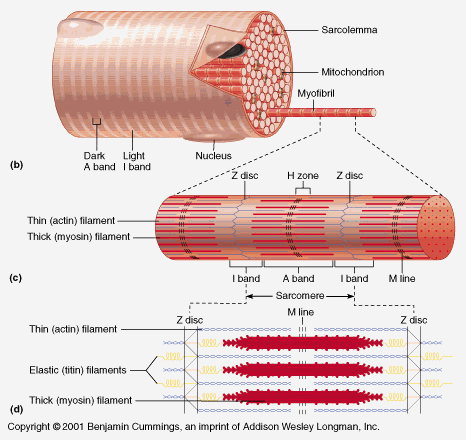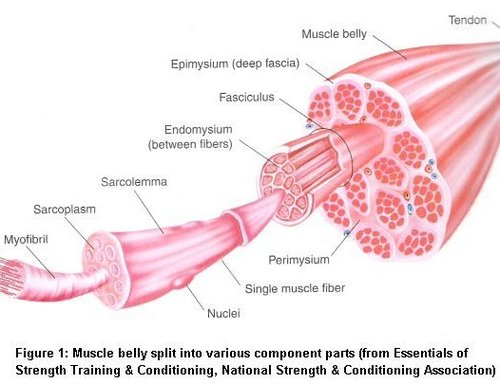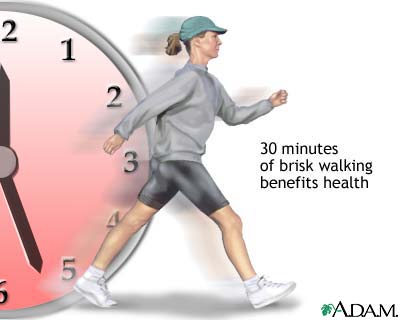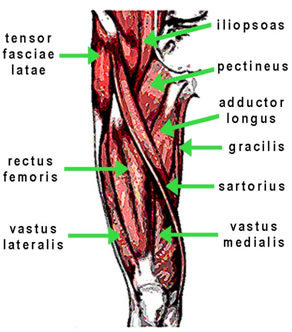Art of training fast twitch and slow twitch fibers?
Learn the Art of training fast twitch and slow twitch muscle fibers
Question:
I am stuck at a plateau by constantly training my fast twitch fibers, though I strongly assume that it is due to lack of non-training of my slow twitch muscle fibers. I would appreciate if anyone could give an example of your way of training both types of muscle fibers.
Answer:
Fast twitch fibers are very thin/small and they require faster repetition movements. They are mostly used during the concentric phase. Slow twitch fibers, however, are used during the eccentric phase and these are the fibers that actually give "bulk" to the muscles.
The best way to train both the fibers is by doing pyramidal sets. This is what I always do, start lifting weights that will allow you to do 15-17 reps since this will be a comparatively light weight, so complete the repetitions in a fast motion, I mean that the concentric phase should be fast; however, since the weight is light, so there is no point in doing the eccentric phase slowly in this set. This lightweight will not affect the slow twitch fibers. The idea is to be in a constant range of motion.
Then in the next set, increase the weight so much that will allow you to perform only 8-10 reps. This time you focus has slowly shifted to the slow twitch fibers so you should do the eccentric phase very slowly in a controlled manner (because that is how the slow twitch fibers are triggered). Again, in the next set increase the weight so much that will allow you to do only 6 reps or so. Continue to increase weights until failure, do a total of 5 reps (including the first warm up set with 15 reps).




What happens in the pyramidal sets is that it triggers both kinds of muscle fibers.
For large muscle groups like legs, back and chest, the best way to train "SLOW" twitch fibers is by doing excessive amount of running/bicycling, rowing (machine rowing) and pull ups and pushups respectively.
Fast twitch fibers are able to produce much greater speed and are the ones you need when you need explosive power in your movements, so these fibers are developed for sports such as power lifting, etc. These fibers are used during the concentric phase of a repetition
On the other hand, slow twitch fibers are slow-reacting, and therefore are better tailored for endurance related sports such as bicycling, running, etc. These fibers are triggered in the eccentric phase of a repetition.
Most often, bodybuilders focus ONLY on the fast twitch fibers but the development of slow twitch fibers is also necessary.
Slow-negatives (eccentric phase) which triggers slow twitch fibers create twice as much as damage than pushing/pulling movements (concentric phase) which mainly uses the fast twitch fibers.
Second thing is slow twitch fibers retain their size longer than the fast twitch fibers. You might lose some fast twitch fibers due to catabolism, etc., but losing slow twitch fibers is very difficult.








